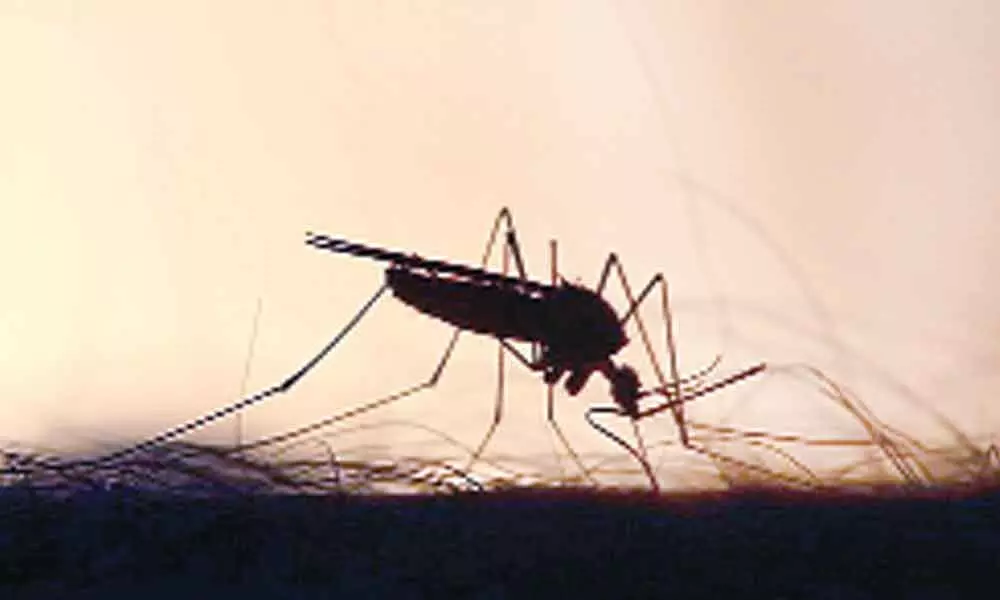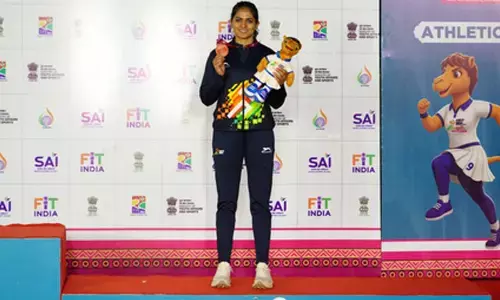What makes some flowers more attractive to mosquitoes decoded

Researchers have unravelled how mosquitoes are attracted to the nectar scents from certain flowers, and not others, a finding that may lead to a better understanding of why some people get bitten more by the pesky insects than others.
Researchers have unravelled how mosquitoes are attracted to the nectar scents from certain flowers, and not others, a finding that may lead to a better understanding of why some people get bitten more by the pesky insects than others.
This information may help scientists develop less toxic and better repellents, more effective traps, and understand how the mosquito brain responds to sensory information, according to the study, published in the journal PNAS. "Nectar is an important source of food for all mosquitoes. For male mosquitoes, nectar is their only food source, and female mosquitoes feed on nectar for all but a few days of their lives," said study co-author Jeffrey Riffell, a professor of biology at the University of Washington in the US. In the study, the researchers discovered the chemical cues which lead mosquitoes towards the blunt-leaf orchid, or Platanthera obtusata, which grows in cool, high-latitude climates.
According to the study, the orchid produces a finely balanced bouquet of chemical compounds that stimulate the sense of smell in mosquitoes. Some of these chemicals, the researchers said, either have attractive or repulsive effects on the mosquito brain. When mixed in the same ratio as found in the orchid, the scientists said, the combination of these chemicals can draw in mosquitoes as effectively as a real flower. One of the scent chemicals which repelled mosquitoes excited the same brain region of the mosquito as DEET, a commonly used, yet controversial mosquito repellant, the researchers said.
Their findings show how environmental cues from flowers can stimulate the mosquito brain as much as a warm-blooded host like humans, and can draw the mosquito towards a target, or send it flying the other direction. The scientists identified dozens of chemicals in the scents of the the orchid, and found that compared to its relatives, the blunt-leaf orchid's scent contained high amounts of a compound called nonanal, and smaller amounts of another chemical, lilac aldehyde. Analysing the electrical activity in the antennae of mosquitoes -- the part involved in detecting scents -- they found that both nonanal and lilac aldehyde stimulated these parts in mosquitoes native to the blunt-leaf orchid's habitat.
The researchers added that these compounds also stimulated the antennae of other mosquito species including Anopheles stephensi, which spreads malaria, and Aedes aegypti, which spreads dengue, yellow fever, Zika, and other diseases. In another experiment, the scientists peered directly into the brains of Aedes increpitus mosquitoes, which overlap with blunt-leaf orchids, and a genetically modified strain of Aedes aegypti. The brain imaging studies revealed that nonanal and lilac aldehyde stimulate different parts of the antenna lobe -- and even compete with one another when stimulated. According to the findings from this experiment, the antenna region that responds to nonanal can suppress activity in the region that responds to lilac aldehyde, and vice versa. Whether this "cross talk" makes a flower attractive or repelling to the mosquito may depend on the amounts of nonanal and lilac aldehyde in the original scent, the researchers said. "Mosquitoes are processing the ratio of chemicals, not just the presence or absence of them. This isn't just important for flower discrimination -- it's also important for how mosquitoes discern between you and I," Riffell said. "Human scent is very complex, and what is probably important for attracting or repelling mosquitoes is the ratio of particular chemicals. We know that some people get bit more than others, and maybe a difference in ratio explains why," he added.

















